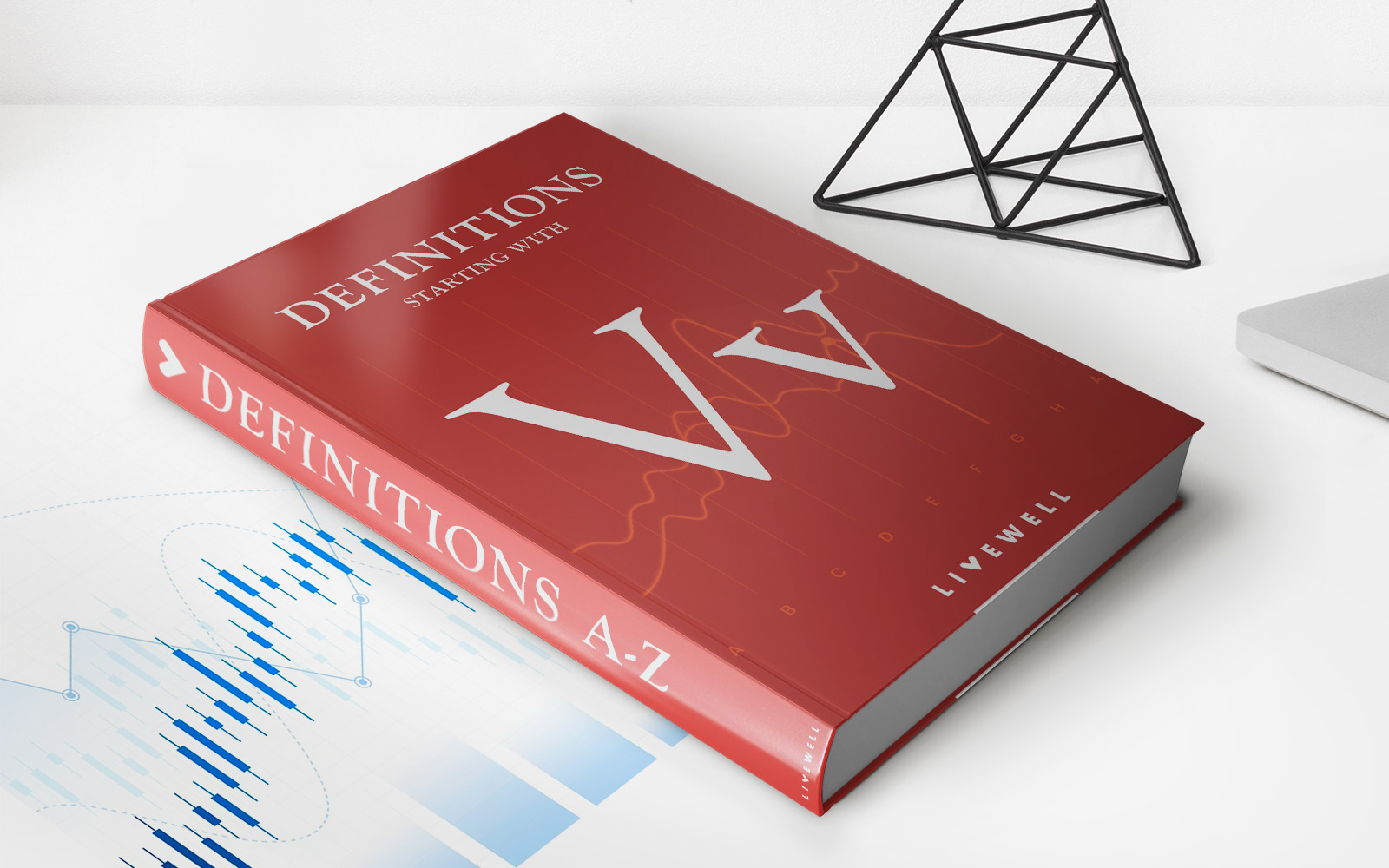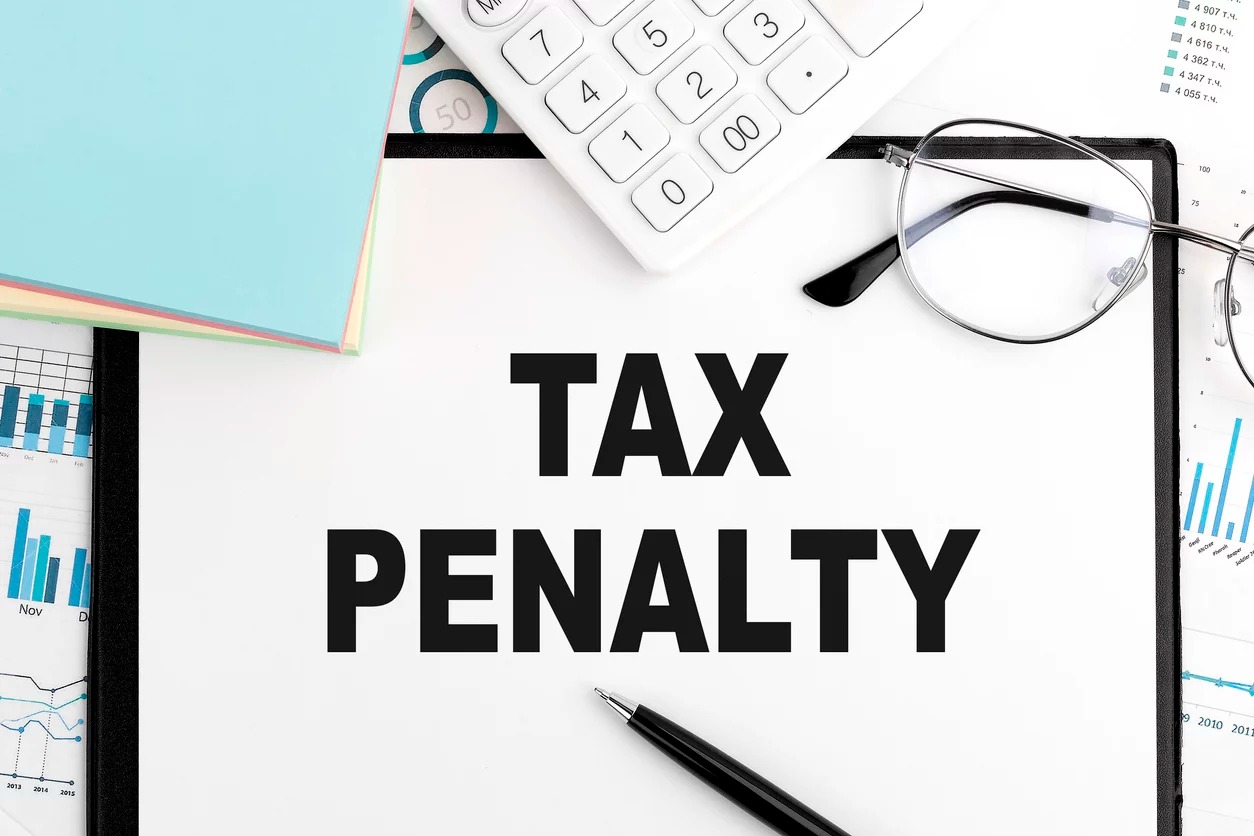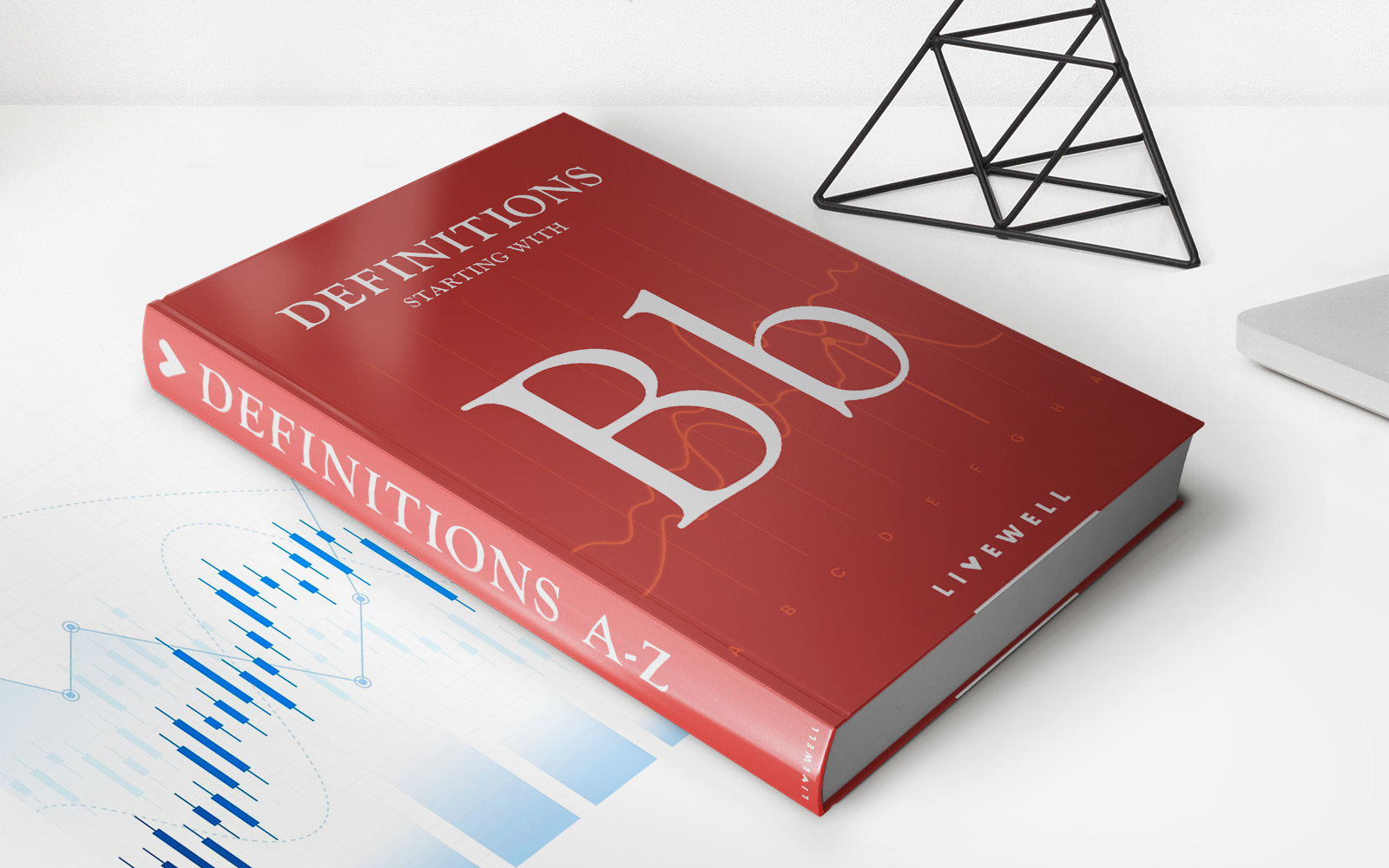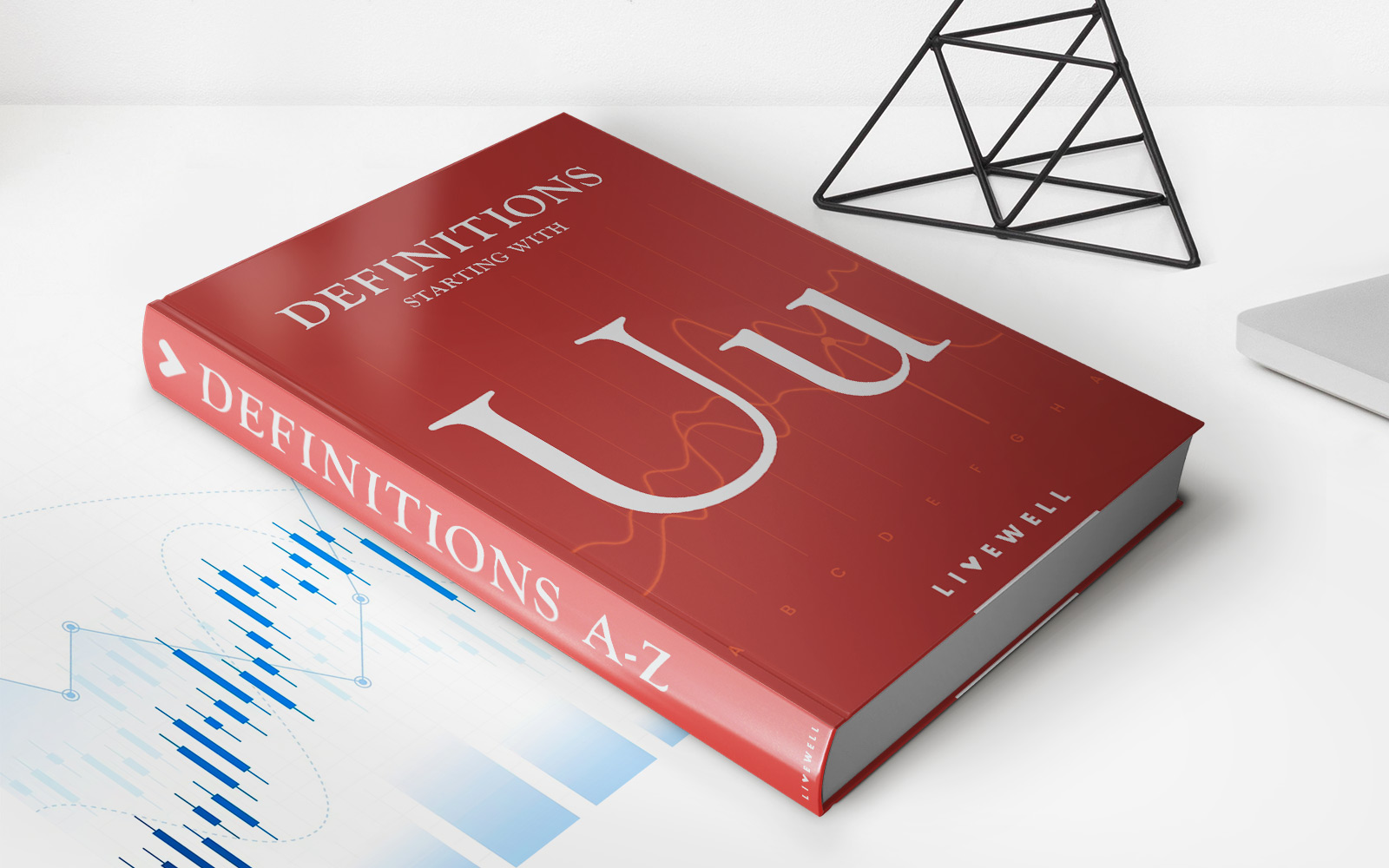Home>Finance>When Do You Start Paying Student Loans After Graduation


Finance
When Do You Start Paying Student Loans After Graduation
Modified: February 21, 2024
Learn about the timeline for student loan repayment after graduation and get valuable financial insights. Manage your finances effectively with our expert advice on finance.
(Many of the links in this article redirect to a specific reviewed product. Your purchase of these products through affiliate links helps to generate commission for LiveWell, at no extra cost. Learn more)
Table of Contents
- Introduction
- Types of Student Loans
- Grace Period After Graduation
- Repayment Plans
- Income-Driven Repayment Options
- Loan Forgiveness Programs
- Repayment Options for Federal Student Loans
- Repayment Options for Private Student Loans
- What Happens If You Can’t Afford Your Student Loan Payments?
- Alternatives to Student Loan Repayment
- Conclusion
Introduction
Graduating from college is an exciting milestone, but it also marks the beginning of a new chapter that comes with financial responsibilities. One of these responsibilities is repaying student loans. Understanding when you need to start repaying your loans after graduation is crucial for managing your finances effectively.
Student loans are a common method to finance higher education, providing individuals with the opportunity to invest in their future. However, it’s important to remember that student loans are debts that must be repaid eventually. Knowing when your loan repayment period begins can help you plan your finances and avoid any potential late fees or penalties.
In this article, we will explore the timeline for starting student loan repayment after graduation. We will also discuss the various types of student loans, their repayment plans, and options for those who may be struggling to afford their monthly payments. Let’s dive in and understand when you need to start paying off your student loans and how to navigate the repayment process.
Types of Student Loans
Before delving into the specifics of when you need to start repaying your student loans after graduation, it’s important to understand the different types of student loans available. There are two main categories of student loans: federal student loans and private student loans.
- Federal Student Loans: These loans are funded by the federal government and offer certain benefits and protections to borrowers. The most common types of federal loans are Direct Subsidized Loans, Direct Unsubsidized Loans, and Direct PLUS Loans. Direct Subsidized Loans are based on financial need, while Direct Unsubsidized Loans are not need-based. Direct PLUS Loans are available to graduate students and parents of dependent undergraduate students.
- Private Student Loans: These loans are provided by private lenders such as banks, credit unions, and online lenders. Private student loans typically require a credit check and may have higher interest rates compared to federal loans. The terms and conditions of private student loans vary depending on the lender, and they may lack the repayment flexibility and borrower protections offered by federal loans.
It’s important to understand the differences between federal and private student loans when considering your repayment options. Federal loans generally come with lower interest rates, income-driven repayment plans, and loan forgiveness programs, whereas private loans may have stricter repayment terms and limited options for borrowers facing financial difficulty.
Before taking out any student loans, it’s advisable to exhaust all possibilities for scholarships, grants, and work-study programs, as these do not require repayment. If you need to borrow money for education, it’s generally wise to explore federal student loans first, as they typically offer more favorable terms and repayment options.
Grace Period After Graduation
After graduating from college, many student loan borrowers are granted a grace period before they are required to start making payments on their loans. The grace period is a designated period of time, typically six months, during which borrowers do not need to make payments on their student loans. This grace period allows graduates to find employment and establish financial stability before taking on the responsibility of loan repayment.
The length of the grace period can vary depending on the type of student loan. For federal loans, the standard grace period is six months for Direct Subsidized Loans, Direct Unsubsidized Loans, and most federal loan programs. However, for Direct PLUS Loans, the grace period may be shorter or nonexistent.
It’s important to note that private student loans may have different grace period policies. Some private lenders offer grace periods similar to federal loans, while others may not provide any grace period at all. It’s crucial to review the terms and conditions of your specific private loan to determine if a grace period applies and how long it lasts.
During the grace period, interest may continue to accrue on your student loans. However, if you have a Direct Subsidized Loan, the federal government will cover the interest during this period. For other federal loans and private loans, interest will accrue and capitalize, adding to the total amount you owe.
It’s important to use the grace period wisely to prepare for loan repayment. Take advantage of this time to create a budget and assess your financial situation. Calculate your anticipated monthly loan payments and determine if they fit within your budget. If possible, consider making voluntary payments during the grace period to reduce the total interest that accumulates on your loans.
Remember, the grace period is a valuable opportunity to get your finances in order before loan repayment begins. Use this time wisely to secure a job, set up a repayment plan, and understand your rights and responsibilities as a borrower.
Repayment Plans
Once the grace period ends, it’s time to start repaying your student loans. Depending on the type of loan you have, you may have different repayment plans available to choose from. These plans determine the amount you will pay each month and the length of time it will take to repay your loan in full.
For federal student loans, there are several repayment plans to consider:
- Standard Repayment Plan: This is the default plan for federal loans. Payments are fixed and made over a period of 10 years. This plan generally results in higher monthly payments but allows you to pay off the loan faster and potentially save on interest costs.
- Graduated Repayment Plan: Payments start off lower and gradually increase over time, typically every two years. This plan is suitable for borrowers who anticipate their income to increase steadily over the repayment period.
- Extended Repayment Plan: This plan extends the repayment period beyond 10 years, resulting in lower monthly payment amounts. Borrowers may choose between a fixed or graduated repayment option.
- Income-Driven Repayment Plans: These plans calculate your monthly payment based on a percentage of your discretionary income, family size, and other factors. There are several types of income-driven plans, including Income-Based Repayment (IBR), Pay As You Earn (PAYE), Revised Pay As You Earn (REPAYE), and Income-Contingent Repayment (ICR). These plans are designed to make payments more affordable for borrowers whose monthly payments under the standard plan would be high compared to their income.
Private student loans may not offer as many repayment plans as federal loans. However, some lenders may provide options such as interest-only payments or extended repayment periods. It’s important to check with your private loan lender to understand what repayment plans are available to you.
When considering which repayment plan to choose, take into account your financial situation, anticipated income growth, and long-term financial goals. It may be helpful to use online calculators or consult with a loan servicer to understand the potential impact of each repayment plan on your monthly budget and total loan costs.
Remember, you have the option to change your repayment plan in the future if your circumstances change. If you’re struggling to make your payments, exploring income-driven repayment options or loan forgiveness programs may be beneficial.
Income-Driven Repayment Options
Income-driven repayment plans are designed to help borrowers with federal student loans manage their loan payments based on their income level and family size. These plans can be a valuable option if you anticipate difficulty in making your standard monthly loan payments.
There are several income-driven repayment plans available for federal student loans, including:
- Income-Based Repayment (IBR): IBR caps your monthly payment at 10% to 15% of your discretionary income, depending on when you first borrowed. This plan is available to both new and existing borrowers and offers loan forgiveness after 20 or 25 years of qualifying payments.
- Pay As You Earn (PAYE): PAYE limits your monthly payment to 10% of your discretionary income and offers forgiveness after 20 years of repayment. To be eligible for PAYE, you must be a new borrower as of October 1, 2007, and have received a disbursement of a Direct Loan on or after October 1, 2011.
- Revised Pay As You Earn (REPAYE): REPAYE also caps your monthly payment at 10% of your discretionary income but includes married borrowers’ spouses’ income regardless of filing status. REPAYE offers loan forgiveness after 20 or 25 years, depending on your education level (undergraduate or graduate).
- Income-Contingent Repayment (ICR): ICR sets your monthly payment at the lesser of 20% of your discretionary income or the amount you would pay on a 12-year fixed repayment plan. ICR offers loan forgiveness after 25 years of qualified payments.
Income-driven repayment plans can help lower your monthly payment and provide flexibility based on your income. These plans are particularly beneficial if your current income is low, if you have a high loan balance relative to your income, or if you work in a low-paying or public service job.
It’s important to note that income-driven repayment plans may result in a longer repayment period, and interest may continue to accrue on your loans. However, any remaining loan balance at the end of the repayment term may be eligible for forgiveness, depending on the plan and the number of qualified payments made.
To apply for an income-driven repayment plan, you will need to submit an application through your loan servicer. They will review your financial information to determine your eligibility and calculate your monthly payment amount. Be sure to keep up with your annual recertification requirements to ensure that your payment remains based on your updated income and family size.
Income-driven repayment plans can provide significant relief when faced with financial challenges. If you’re struggling with your student loan payments, contact your loan servicer to explore your options and find the best repayment plan for your specific circumstances.
Loan Forgiveness Programs
Loan forgiveness programs offer borrowers the opportunity to have a portion of their student loan debt forgiven, meaning they are no longer required to repay that amount. These programs can provide significant relief, especially for borrowers who work in certain professions or have specific circumstances. Let’s explore some loan forgiveness programs available for federal student loans.
- Public Service Loan Forgiveness (PSLF): This program is designed for borrowers who work full-time for a qualifying employer, such as a government or nonprofit organization. After making 120 qualifying payments, typically over a period of 10 years, the remaining loan balance may be forgiven tax-free. To qualify for PSLF, you must have Direct Loans and be enrolled in an income-driven repayment plan.
- Teacher Loan Forgiveness: This program is available for teachers who work in low-income schools or educational service agencies. Depending on your teaching qualifications and years of service, you may be eligible for up to $17,500 in loan forgiveness on your Direct Subsidized and Unsubsidized Loans.
- Income-Driven Repayment Plan Forgiveness: Under income-driven repayment plans, any remaining loan balance after a certain number of qualifying payments (usually 20 to 25 years) may be forgiven. However, the forgiven amount may be treated as taxable income.
- Perkins Loan Cancellation: This program is specific to Federal Perkins Loans and offers loan cancellation for borrowers who work in certain professions such as teaching, military service, or public service. The cancellation amount depends on the length of service and the type of profession.
It’s important to note that loan forgiveness programs have specific eligibility requirements and criteria that must be met in order to qualify. These programs often have restrictions on the types of loans that can be forgiven, the length of service required, and the repayment plans associated with them. It’s essential to thoroughly research and understand the requirements of each program before pursuing loan forgiveness.
Additionally, it’s crucial to stay informed and keep track of any changes or updates to loan forgiveness programs. As legislation and policies may change, it’s advisable to regularly check the official websites of the respective loan forgiveness programs and consult with a loan servicer or financial advisor for guidance.
Loan forgiveness programs provide an excellent opportunity to alleviate the burden of student loan debt. If you believe you may qualify for loan forgiveness, be sure to explore the available options and consider how they align with your career goals and financial aspirations.
Repayment Options for Federal Student Loans
Repaying federal student loans requires careful consideration of the various repayment options available. The federal government provides several repayment plans to accommodate different financial situations and ensure borrowers can manage their loan payments effectively. Let’s explore some repayment options for federal student loans.
- Standard Repayment Plan: This is the default repayment plan for federal loans. Payments are fixed and made over a period of 10 years. While this plan may result in higher monthly payments, it allows you to pay off the loan faster and potentially save on interest costs.
- Graduated Repayment Plan: With this plan, payments start lower and gradually increase over time, usually every two years. This plan is suitable for borrowers who anticipate increasing their income steadily over the repayment period.
- Extended Repayment Plan: This plan extends the repayment period beyond 10 years, resulting in lower monthly payment amounts. Borrowers can choose between a fixed or graduated repayment option. Extended plans are available only for borrowers with higher loan balances.
- Income-Driven Repayment Plans: Income-driven repayment plans calculate your monthly payment based on a percentage of your discretionary income, family size, and other factors. There are several types of income-driven plans, including Income-Based Repayment (IBR), Pay As You Earn (PAYE), Revised Pay As You Earn (REPAYE), and Income-Contingent Repayment (ICR). These plans are designed to make payments more affordable for borrowers whose monthly payments under the standard plan would be high compared to their income.
Each repayment plan has its own advantages and considerations. Some plans may result in lower monthly payments, but it’s important to note that a longer repayment term may result in paying more interest over the life of the loan. It’s recommended to use online calculators or consult with a loan servicer to understand the potential impact of each repayment plan on your monthly budget and total loan costs.
To choose a repayment plan, you will need to contact your loan servicer or visit the Federal Student Aid website to access your loan information and explore your options. It’s important to note that you have the flexibility to switch between repayment plans as needed. If your financial circumstances change, you can request to change your plan to one that better suits your current situation.
Remember, staying on top of your loan payments is crucial to avoid defaulting on your federal student loans. If you’re facing financial difficulties, it’s advisable to contact your loan servicer as soon as possible. They can help you explore available options, such as income-driven repayment plans or deferment/forbearance, which temporarily halt or reduce your loan payments based on your circumstances.
Repayment Options for Private Student Loans
Repaying private student loans comes with different considerations compared to federal loans. Private lenders have their own repayment options and policies, which may not offer as much flexibility or borrower protections as federal loans. However, there are still some repayment options available for private student loans. Let’s explore them below.
- Standard Repayment Plan: Similar to federal loans, the standard repayment plan for private student loans involves fixed monthly payments over a predetermined period, usually 5 to 15 years. This plan typically has the highest monthly payment but allows you to pay off the loan faster compared to other options.
- Graduated Repayment Plan: Some private lenders offer a graduated repayment plan where your monthly payments start smaller and increase over time. This option can be helpful for borrowers who expect their income to increase in the future.
- Interest-Only Payments: With this option, you make payments towards the interest accruing on your loan while in school or during a grace period. This can help reduce the overall interest cost but does not contribute towards paying down the principal balance.
- Extended Repayment: This option allows you to extend the repayment term beyond the standard period, resulting in lower monthly payments. However, keep in mind that extending the repayment term may lead to paying more interest over the life of the loan.
- Refinancing or Consolidation: If you have multiple private student loans, you may consider refinancing or consolidating them into a single loan with a new lender. This can potentially lower your interest rate or monthly payments. However, it’s crucial to carefully evaluate the terms and conditions of refinancing or consolidation to ensure it aligns with your financial goals.
It’s important to note that private loan repayment options vary from lender to lender. Some lenders have more flexible options, while others may have more limited choices. It’s advisable to contact your specific private loan lender to discuss the repayment options available to you and determine the best course of action.
If you’re facing financial difficulties and are unable to make your private loan payments, it’s crucial to contact your lender as soon as possible. They may offer temporary forbearance or alternative repayment arrangements. It’s important to communicate openly with your lender and explore all possible solutions to avoid defaulting on your loans.
Remember, private student loans generally do not offer income-driven repayment plans or forgiveness programs like federal loans. It’s essential to carefully review the terms and conditions of your private student loans and understand your rights and responsibilities as a borrower. Make a plan to manage your private student loan repayment effectively and consider reaching out to a financial advisor for guidance if needed.
What Happens If You Can’t Afford Your Student Loan Payments?
If you find yourself unable to afford your student loan payments, it’s important to take action rather than ignoring the issue. Falling behind on loan payments can have serious consequences. Here’s what you should do if you’re facing difficulty in repaying your student loans:
- Contact Your Loan Servicer: The first step is to contact your loan servicer or lender to explain your situation. They may be able to offer temporary relief options such as forbearance or deferment, which can temporarily pause or reduce your payments. Bear in mind that interest may still accrue during this time, so carefully consider the long-term impact of these options.
- Consider Income-Driven Repayment Plans: If you have federal student loans, switching to an income-driven repayment plan can lower your monthly payments based on your income and family size. This option can make payments more manageable, especially if you’re facing financial hardship.
- Explore Loan Consolidation or Refinancing: Consolidating or refinancing your loans can help by combining multiple loans into a single monthly payment or potentially securing a lower interest rate. However, keep in mind that private student loan consolidation or refinancing may result in losing certain federal loan benefits, so carefully evaluate the pros and cons before proceeding.
- Seek Financial Counseling: Consider seeking assistance from a financial counselor or advisor who specializes in student loan repayment options. They can offer guidance and help you create a plan to manage your debt effectively.
- Review Loan Forgiveness Options: Depending on your profession, you may be eligible for loan forgiveness through programs such as Public Service Loan Forgiveness or Teacher Loan Forgiveness. Explore the requirements and see if you qualify for any loan forgiveness programs.
- Defaulting: Defaulting on your student loans should be your last resort. It can have severe consequences, including damage to your credit score, wage garnishment, and potential legal action. Defaulted loans may also accumulate additional fees and interest, making it harder to resolve the debt in the future.
Remember, the worst thing you can do is ignore your student loan payments. Taking proactive steps and communicating with your loan servicer or lender is crucial. They may be more willing to work with you if you demonstrate a genuine effort to address the situation. It’s important to explore all available options and find the one that best fits your financial circumstances.
If you’re finding it challenging to manage your student loan payments, remember that you are not alone. Reach out for assistance, whether it’s from your loan servicer, a financial advisor, or a reputable nonprofit organization specializing in student loan assistance. With proper planning and understanding of available options, you can navigate through financial difficulties and regain control over your student loan repayment.
Alternatives to Student Loan Repayment
If you’re looking for alternatives to traditional student loan repayment, there are a few options worth considering. While these alternatives may not eliminate your loan obligation entirely, they can help alleviate the financial burden or provide additional avenues for managing your debt. Let’s explore some alternatives to student loan repayment.
- Loan Forgiveness Programs: As mentioned earlier, certain professions may qualify for loan forgiveness programs. Public Service Loan Forgiveness (PSLF) and Teacher Loan Forgiveness are just a couple of examples. These programs offer loan forgiveness after a certain number of years of qualifying payments. If you work in a qualifying field or plan to pursue a career in public service or education, exploring these programs could potentially reduce or eliminate your loan debt.
- Employer Student Loan Repayment Assistance: Some employers offer student loan repayment assistance as part of their employee benefits package. This benefit can come in the form of employer contributions towards your loan payments or a stipend to put towards your debt. Check with your current or future employer to see if they provide this assistance.
- Refinancing or Consolidation: If you have good credit and a stable income, refinancing or consolidating your student loans may be an option. This involves taking out a new loan with better terms to pay off your existing loans. Refinancing can potentially lower your interest rate or extend your repayment term, resulting in more manageable monthly payments.
- Income-Share Agreements (ISAs): An ISA is an alternative financing model where a funding organization provides you with funds for your education in exchange for a fixed percentage of your future income for a set period of time. ISAs can be an attractive option for some students, as repayment is based on their income level rather than a fixed monthly payment.
- Scholarships and Grants: Before resorting to loans, explore opportunities for scholarships and grants. These forms of financial aid do not require repayment, so they can significantly reduce the amount of debt you accumulate while obtaining your education. Research local and national scholarships, as well as grants offered by the government and private organizations.
It’s important to note that not all alternatives may be suitable or available to everyone. Each option has its own requirements, qualifications, and potential drawbacks. Before pursuing any alternative to student loan repayment, thoroughly research and understand the terms and implications of each option.
It’s also a good idea to seek guidance from a financial advisor or student loan specialist who can provide personalized advice tailored to your specific circumstances. They can help you evaluate your options, navigate the application process, and make informed decisions about managing your student loan debt. Remember, there is no one-size-fits-all solution, so finding the right alternative will depend on your individual situation and financial goals.
Conclusion
Paying off student loans after graduation is a significant financial responsibility, but understanding the repayment process and exploring available options can help you manage your debt effectively. Whether you have federal or private student loans, it’s essential to stay informed about repayment plans, loan forgiveness programs, and alternative options to navigate through this journey.
For federal student loans, consider the various repayment plans available, such as the standard plan, graduated plan, extended plan, or income-driven plans. Assess your financial situation and choose the plan that aligns with your income, goals, and ability to make monthly payments. If you’re eligible, explore loan forgiveness programs like Public Service Loan Forgiveness or Teacher Loan Forgiveness to potentially reduce or eliminate your loan debt.
Private student loans may not offer as many repayment options, but it’s still important to communicate with your lender and explore alternative arrangements if you’re unable to afford your payments. Options such as refinancing or consolidation may help lower your interest rates or combine multiple loans into a single payment.
In cases where traditional repayment is challenging, consider other alternatives like employer student loan repayment assistance or income-share agreements. These options can provide additional assistance and flexibility in managing your student loan debt.
Remember, the key to successfully repaying student loans is staying proactive and seeking support when needed. Contact your loan servicer, financial advisor, or a reputable nonprofit organization specializing in student loan assistance for guidance. Develop a plan that aligns with your financial goals, stay informed about your options, and take the necessary steps to ensure loan repayment is manageable for you.
While paying off student loans may seem daunting, with careful planning and understanding of available resources, you can take control of your financial future and work towards building a solid foundation for long-term financial success. Take the first step towards financial freedom by actively managing your student loan repayment and paving the way for a brighter and debt-free future.














